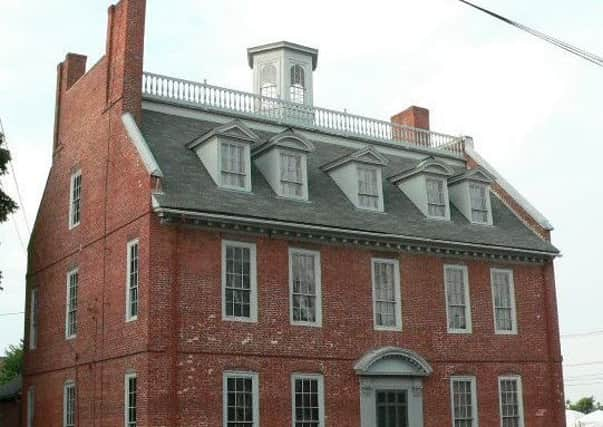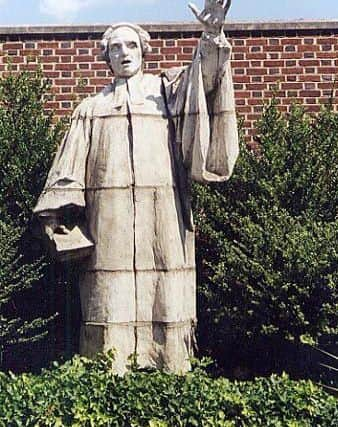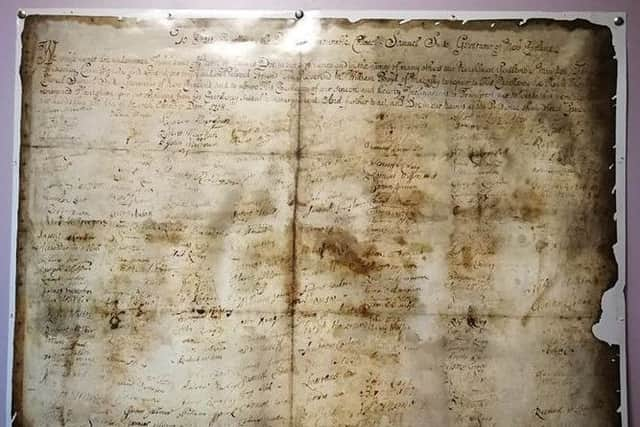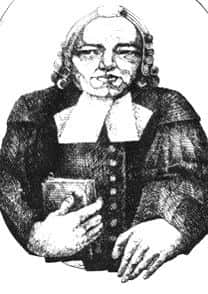Tercentenary commemorations of 1718 Bann Valley migration to North America


It went “History brewed in Scotland, bottled in Ulster and uncorked in North America” and is commonly used to summarise the historic migration of Scotch-Irish people from here to America.
The epic story began in 1718 when Aghadowey’s Presbyterian minister the Reverend James McGregor sailed with most of his congregation to the New England colonies, a tercentenary that’s being marked here and in the USA.
Advertisement
Hide AdAdvertisement
Hide AdBut until now the 1718 migration hasn’t received a great deal of public attention in Northern Ireland.


There’ll be much more on Roamer’s page about the hugely significant migration as the ongoing commemorative programme gains momentum here and across the Atlantic, but today’s accounts are of the heroic journeys that preceded the Reverend McGregor’s voyage.
There are well-known earlier links between here and America such as the unsuccessful Eagle Wing voyage in September 1636 and Donegal-born the Reverend Francis Makemie who left for Maryland in 1683.
The Reverend Makemie’s pioneering ministry earned him the title, “Father of American Presbyterianism”.
Advertisement
Hide AdAdvertisement
Hide AdAnother Donegal native to emigrate to America around the same time was William Holmes who returned to Ireland and was ordained minister of Strabane in December 1692.


In 1714 Holmes resigned as minister of Strabane and again sailed for New England.
In the following year Holmes became pastor of a congregation in Chilmark, Martha’s Vineyard.
His son Robert was a ship’s captain with trading connections to Ireland.
Advertisement
Hide AdAdvertisement
Hide AdFather and son are believed to have played a pivotal role in promoting New England as a land of opportunity to audiences in Ulster.


Another figure who seems to have been important in this regard was Archibald MacPheadris who actively sought out families from Ulster to go to New England.
Probably from Ballymoney, MacPheadris established a successful business in Portsmouth, New Hampshire, where his home – now called the Warner House – still stands.
The migration began in the early 1700s when Presbyterians in Ireland felt under pressure on a number of fronts.
Advertisement
Hide AdAdvertisement
Hide AdIn addition to religious and legal hindrances there were economic difficulties, with a large number of 21-year leases ending and higher rents being demanded.


Added to that, there was a succession of bad harvests in the 1710s, and the manufacture of linen had become less profitable.
In early 1718, local men who were dissatisfied with the situation in Ireland signed an elaborate petition and sent it to Boston.
The petition, dated 26 March 1718, was addressed to Samuel Shute, the Governor of Massachusetts, and those who subscribed to it were anxious “to assure his Excellency of our sincere and hearty inclination to transport ourselves to that very excellent and renowned plantation upon our obtaining from his Excellency suitable encouragement”.
Advertisement
Hide AdAdvertisement
Hide AdThe signatories, including nine ministers of the gospel, can be identified as coming from an area centring on the Bann Valley, in counties Antrim and Londonderry – a region strongly affected by migration from Britain, especially from Scotland, and where there was a lot of support for the Presbyterian Church – with others from further south and west.
There were 319 signatories to this petition, of whom only a handful did not write their own names.
The man delegated to carry the petition to New England was the Reverend William Boyd.


Born in 1685, he was possibly the son of the Reverend Thomas Boyd, the minister of Aghadowey, who had been in Londonderry during the siege of 1689.
Advertisement
Hide AdAdvertisement
Hide AdWilliam Boyd studied at the universities of Edinburgh and Glasgow and in 1707 was licensed by the Route Presbytery. On 31st January 1710 he was ordained minister of Macosquin.
On his arrival in Boston in July 1718 Boyd negotiated with the authorities there who were quite keen to have new settlers, especially people well accustomed with farming and frontier life.
The colonial government thought that Ulster settlers could be placed on the outer reaches of their colony.
Boyd made a favourable impression on those whom he met and was commended for “the exemplary holiness of his conversation, and the eminency of his ministerial gifts”.
Advertisement
Hide AdAdvertisement
Hide AdIn the spring and early summer of 1718 families in Ulster were preparing to depart for New England.
To some observers, the desire to emigrate was comparable to “a raging fever”.
The Anglican bishop of Dublin wrote of an “unaccountable ‘humor’ that has possessed the generality of the people”.
The Reverend James McGregor decided to take both his family and others from his congregation to America and in his farewell sermon delivered on the eve of departure in the summer of 1718 he said that he and his flock were leaving Ireland “to avoid oppression and cruel bondage, to shun persecution and designed ruin, to withdraw from the communion of idolaters and to have an opportunity of worshipping God according to the dictates of conscience and the rules of His inspired Word”.
Advertisement
Hide AdAdvertisement
Hide AdLittle did they know about the terrors that awaited them on the high seas.
According to one Irish newspaper the emigrants faced “all the Tryles, Hardships, and Dangers of the Seas by storms, shipwrecks, Turks and Pyrates, to be Starved, or cast away by the Villainy of Ship Masters”.
One ship was reported to have taken five months to reach America and lost 100 passengers and crew on the journey.
To find out more visit www.1718migration.org.uk.